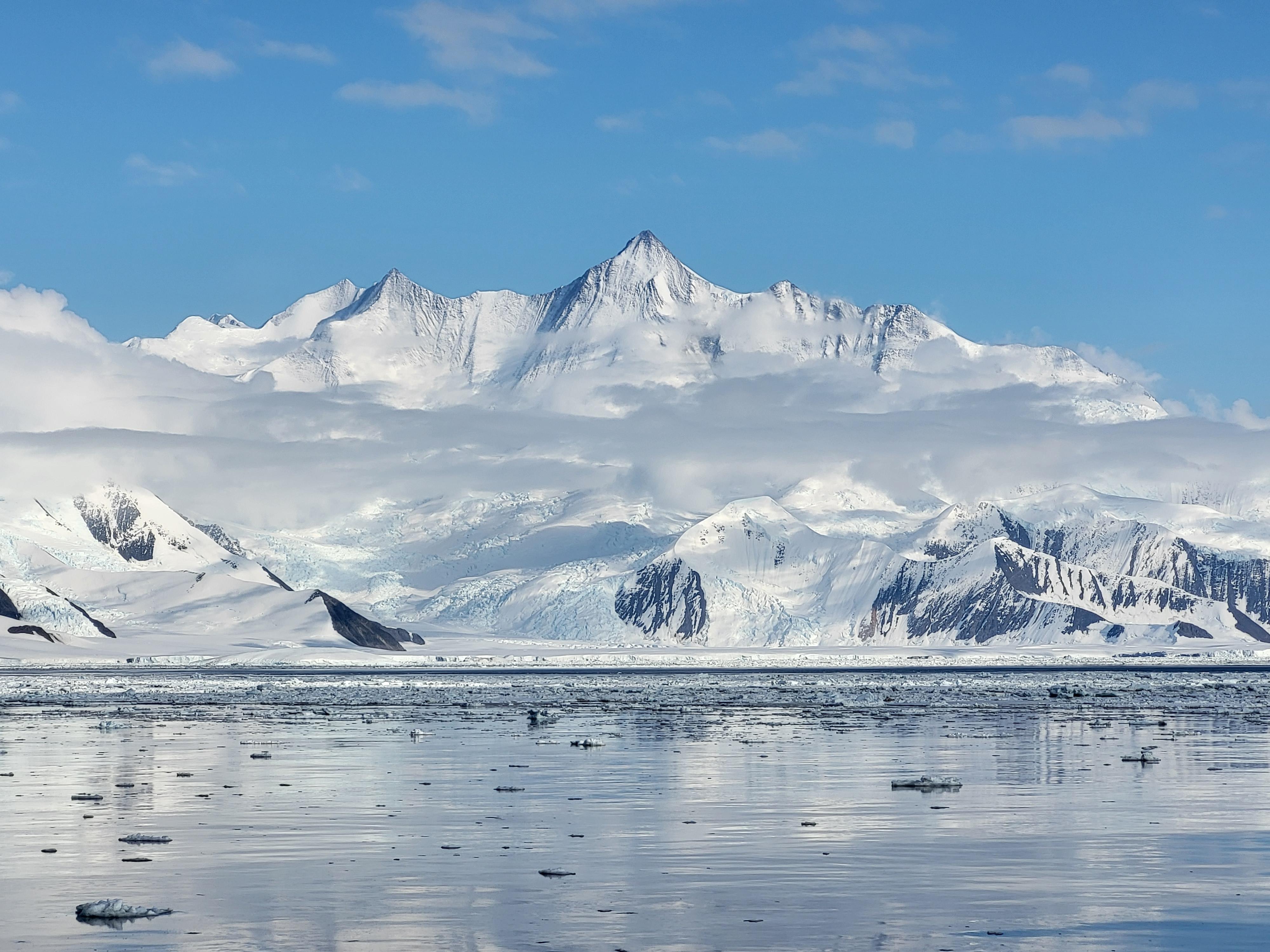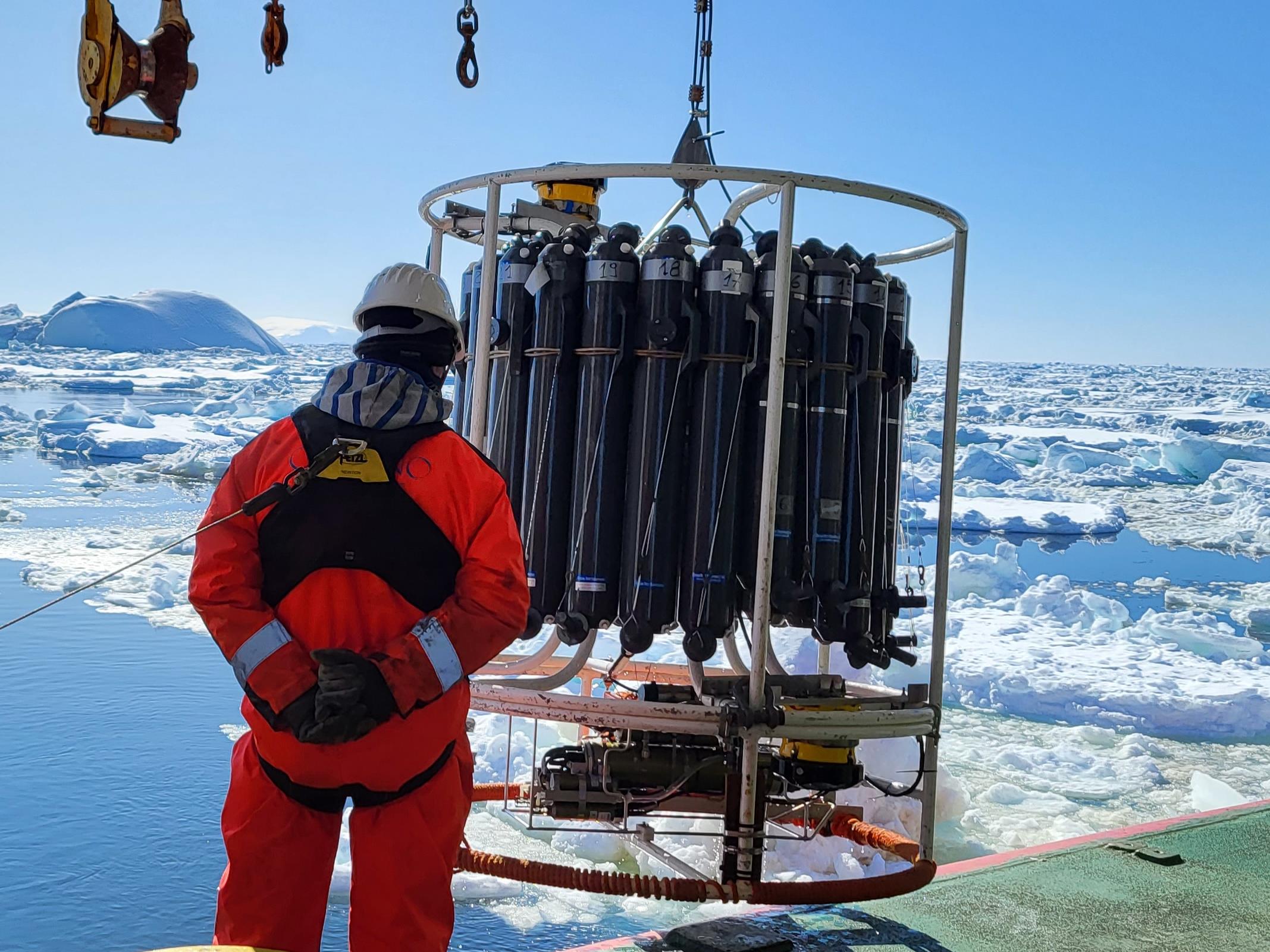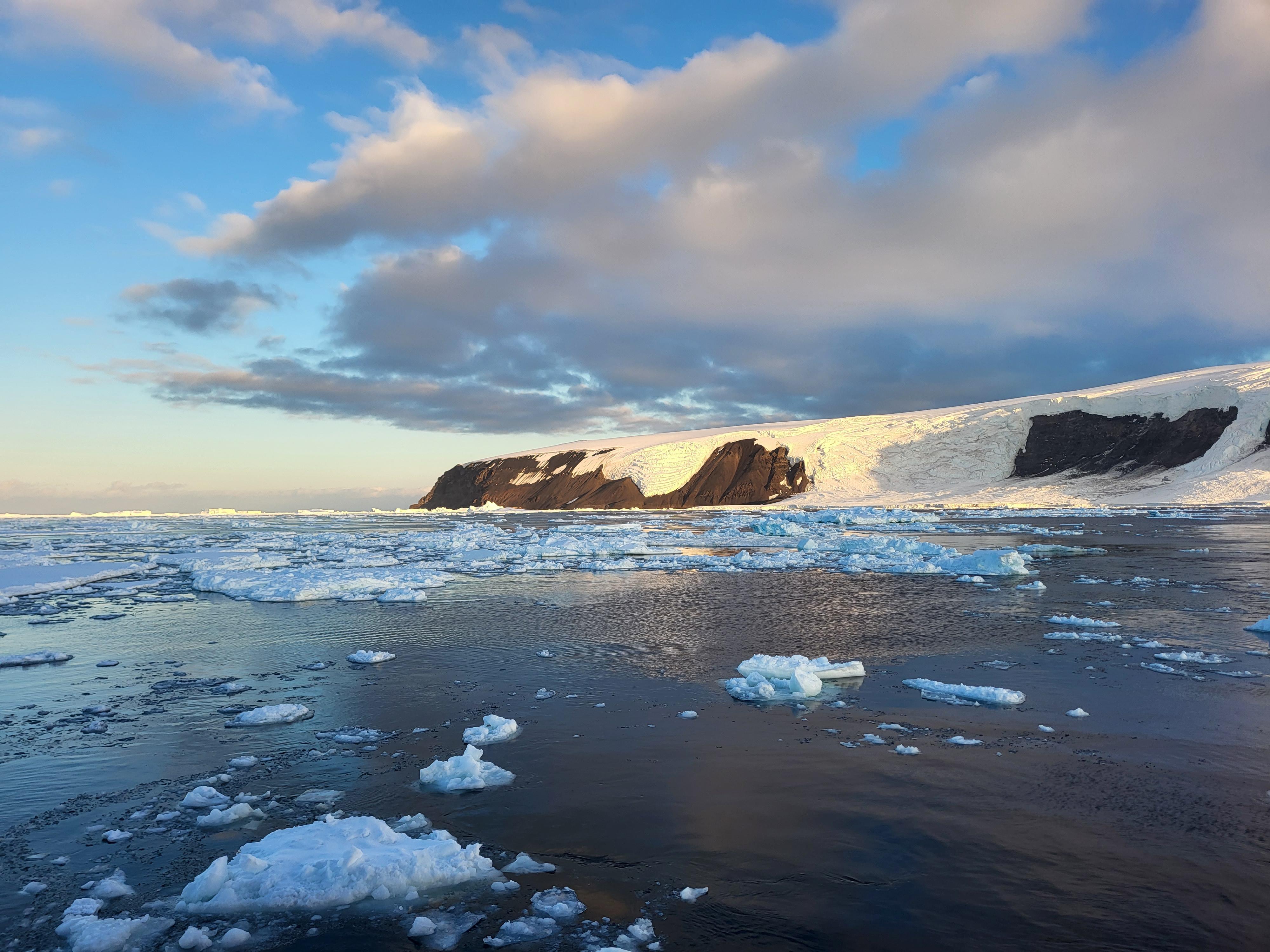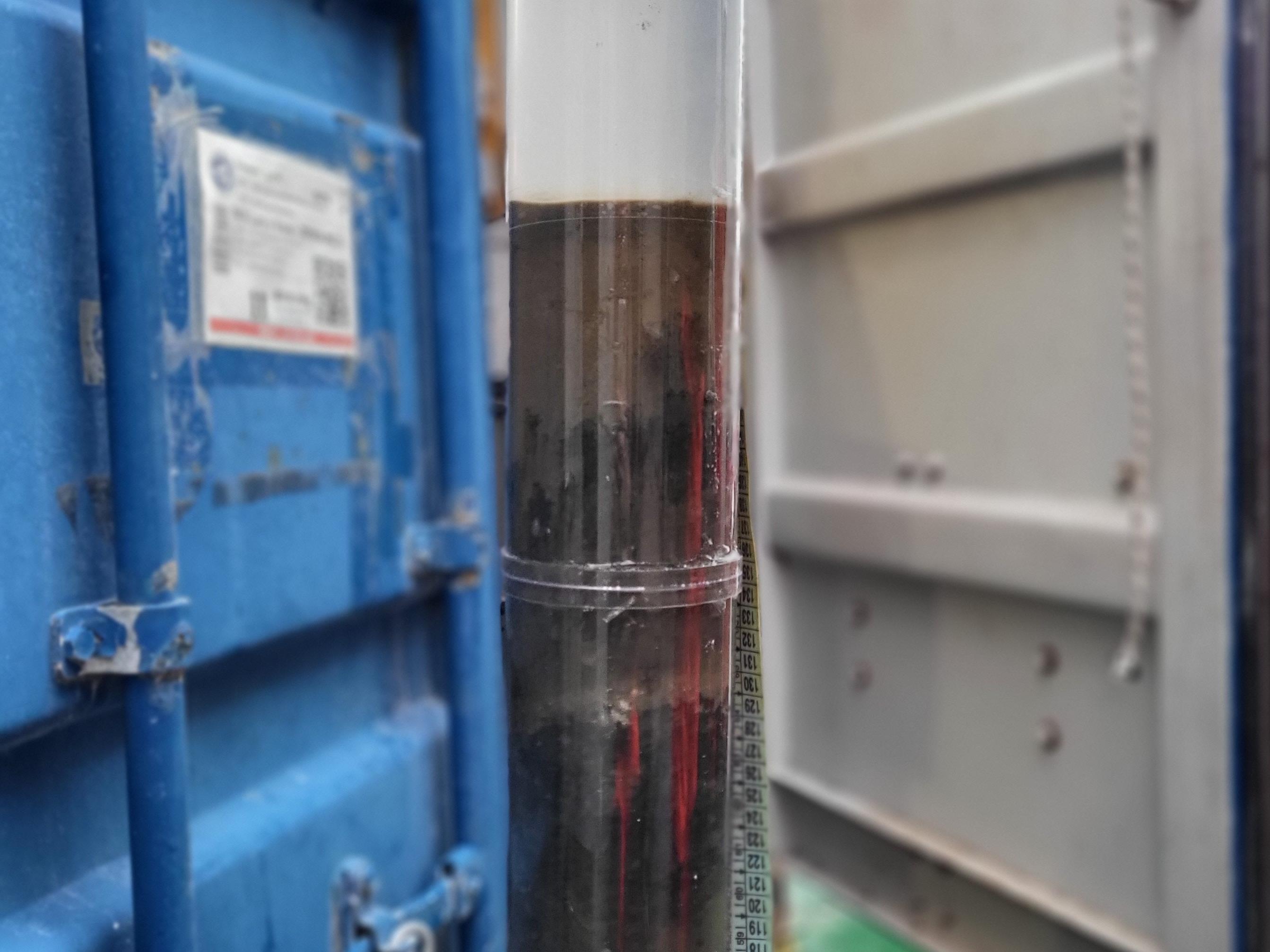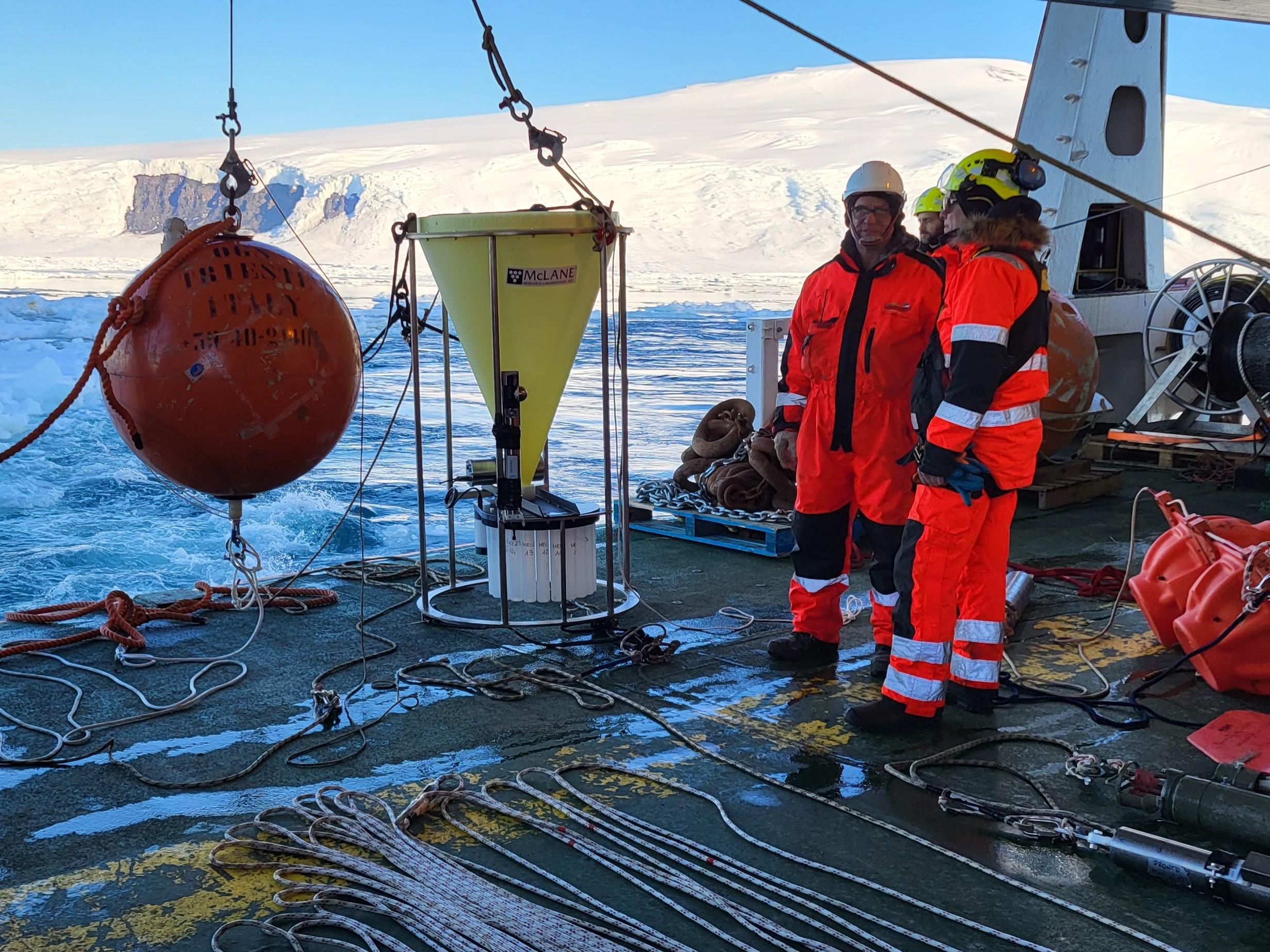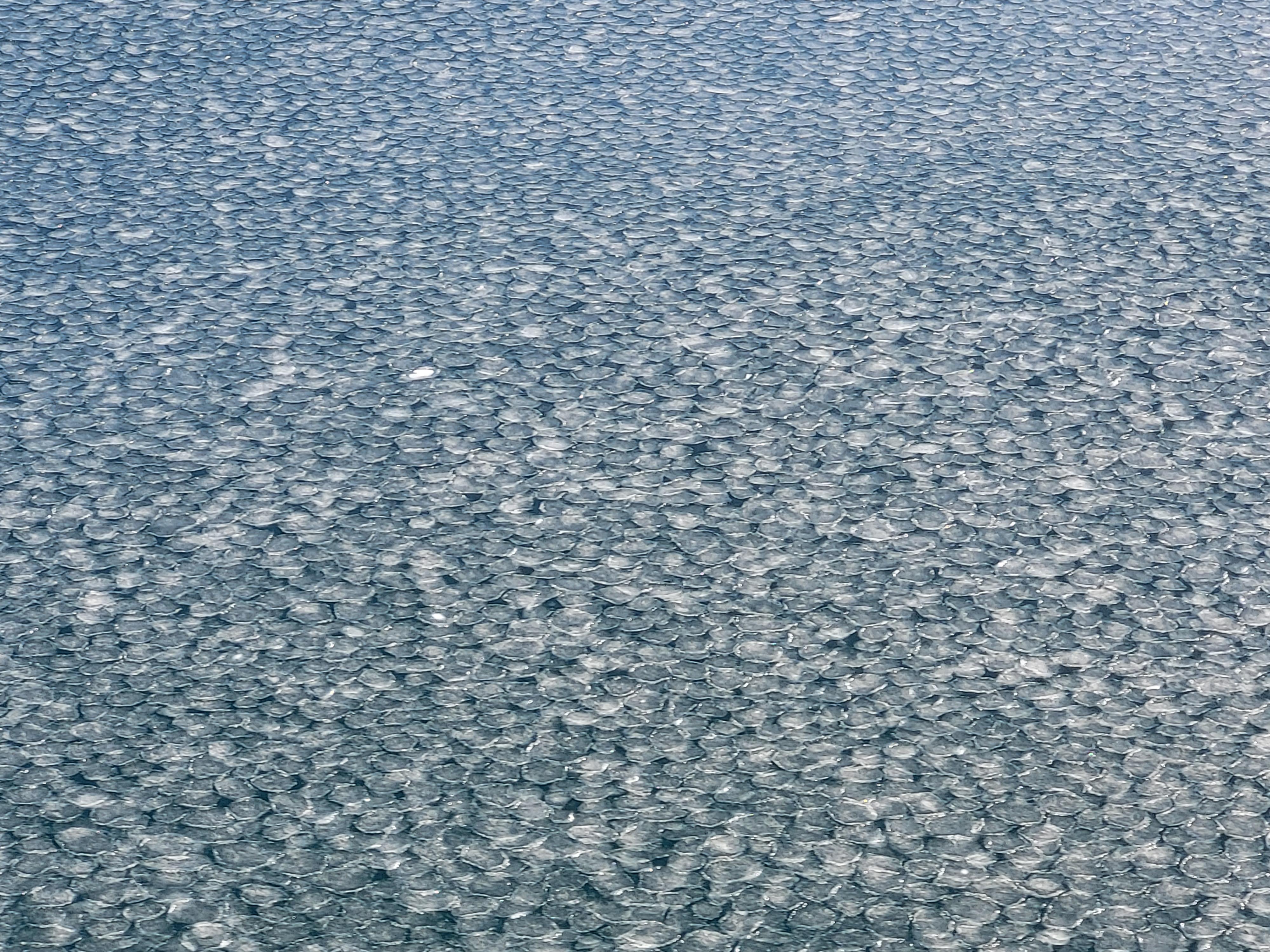- Acronym
- LASAGNE
- Code
- PNRA19_0069
- Anno
- 2019
- Research area
- Earth science
- Specific research topic
- Physycal and biological factors driving the formation and preservation of laminated sediments
- Region of interest
- Edisto Inlet, Mare di Ross (Antarctica)
- PI
- Leonardo Langone
- PI establishment
- Istituto di Scienze Polari ISP-CNR
- Institutional website
- https://www.isp.cnr.it/index.php/en/
- Other institutions and subjects involved
- RU1. CNR-ISP (Bologna, Padova, Roma); RU2. OGS (Trieste); RU3. UNIPARTHENOPE (Napoli); RU4. UNIVPM (Ancona); RU5. CoNISMa (Federico II, Napoli)
- Consistency of the research team
- Il team di ricerca è composto da 30 persone, 24 ricercatori permanenti, 4 in formazione e 2 tecnici, ripartiti tra 18 uomini (60%) e 12 donne (40%).
- Project status
- In progress
- Main stations used
- Nave
- The project
Laminated diatom ooze deposits have been documented in different regions of the Antarctic margin, including the Antarctic Peninsula and the Ross Sea. Few fundamental modern oceanographic factors favor varve preservation. In general, very high sedimentation rates can overwhelm limited bioturbation and thus additionally foster the preservation of varves, for example in some glacimarine settings. Laminated sediments were collected in Edisto Inlet during the Holoferne project (PNRA2013) with well-defined dark and light laminae on mm- to cm-scale. Dark laminae contained relatively high concentrations of a biomarker of land-fast ice IPSO25, whereas, low IPSO25 concentrations characterized light laminae and the diatom Corethron pennatum became the dominant species. Based on these assumptions, fast ice dynamics were reconstructed over the last 2.6 ka for the western part of the Ross Sea. Nevertheless, the absence of rigorous varve validation leaves uncertain the paleoclimatic and paleoceanographic interpretation of these marine laminated sediments. Here, we propose a multidisciplinary study integrating fast-ice, water column and surface sediment characteristics, supported by biological data collected in situ and time-series of satellite images of sea-ice, to gain information on factors influencing the laminated sediment formation and preservation in Edisto Inlet. The LASAGNE project will give new insight into the sub-seasonal formation of laminated sediments providing a backbone for the interpretation of paleoclimate sediment archives.
- Images
-
- Motivation, importance of research
- Objectives of the proposal
- Activities carried out and results achieved
- Products
